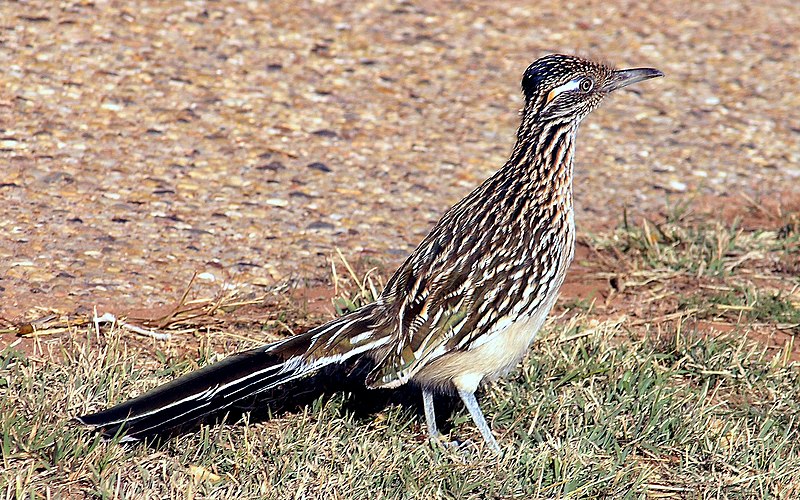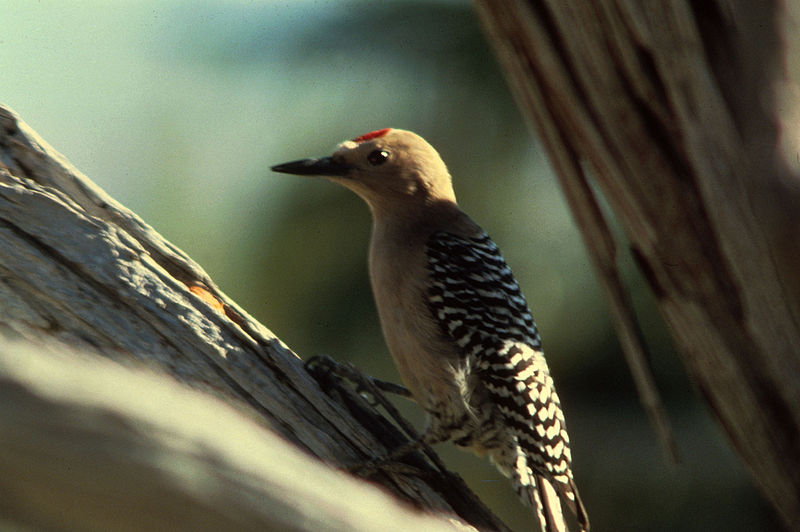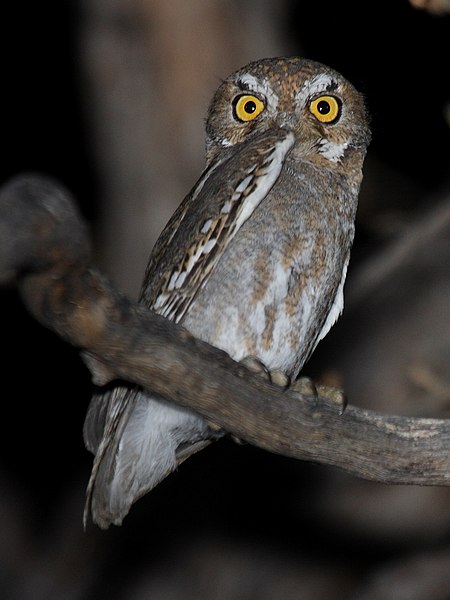 In a recent article, I suggested some techniques that can be used to keep your birds cool and safe during hot weather (please see article below). Today I’d like to take a look at recognizing and dealing with heat stress and heat stoke.
In a recent article, I suggested some techniques that can be used to keep your birds cool and safe during hot weather (please see article below). Today I’d like to take a look at recognizing and dealing with heat stress and heat stoke.
Note: the attached photos depict some North American birds that are well-adapted to desert habitats – the Roadrunner, Gila Woodpecker and Elf Owl.
Dangerous Places and Temperatures
Wild birds and pets kept in large outdoor aviaries rarely experience heat-related problems, no matter how high temperatures climb (of course there are limits – don’t try keeping your pet penguin outdoors in Las Vegas!).
Small cages in direct sunlight present a real danger, but closed cars and unventilated rooms are the main places where pets suffer heat stroke. In NYC, I’ve recorded temperatures of 103-105 F in an attic apartment, and 155 F in a parked car. Temperatures can build to these levels very quickly, and can be fatal to birds in mere minutes.
Symptoms
 As heat stress sets in, an afflicted bird will spread its wings out from the body and pump its throat in-and-out in a panting motion. Known as gular flapping, this behavior will cause heat to be lost to the air, and is the avian version of sweating (birds lack sweat glands). Treatment instituted at this point will usually prevent heat stroke.
As heat stress sets in, an afflicted bird will spread its wings out from the body and pump its throat in-and-out in a panting motion. Known as gular flapping, this behavior will cause heat to be lost to the air, and is the avian version of sweating (birds lack sweat glands). Treatment instituted at this point will usually prevent heat stroke.
As time goes on, a heat stressed parrot or other bird will adopt what can only be described as a “glassy-eyed stare”, and may be unresponsive to stimuli such as noise. It is now progressing from heat stress to heat stroke. The bird will rock back and forth and be unsteady on its feet. In the final stages, the victim will fall over and the body may go into convulsions. The actual “stroke” appears to be caused by clots that prevent blood from travelling through the vessels supplying the bird’s brain.
Treating Heat Stress
Quick action must be taken when a bird exhibits signs of heat stress or stroke. In cases of heat stress, fans and air conditioners should be employed when possible…a quick change in air temperature will not severely stress the bird. Provide a bath as well, perhaps standing the bird in it to encourage its use. Gatoraide can be added to the bath and/or drinking water.
Heat stress that does not progress to stroke still warrants a visit to the veterinarian. Your pet’s immune system has been taxed by the event, and so minor, undetected health problems may suddenly become serious. Long term, low-grade heat stress is also hard on the immune system, so be sure to always keep your pets at the optimal temperature for their species (please write in if you need specific information on this).
Treating Heat Stroke
 A bird in the throes of heat stoke must be treated immediately and then transported to a veterinarian if death is to be avoided.
A bird in the throes of heat stoke must be treated immediately and then transported to a veterinarian if death is to be avoided.
Bath the bird in cool but not ice-cold water (unlike quick air temperature changes, an icy bath can do more harm than good). Mix a bit of hand or dish soap into the bath water to defeat the feathers’ oily water-proofing; cool water will have a better effect when actually in contact with the skin. Wrap your pet in a cool towel and, if time permits, wrap some ice or an ice-substitute in a towel and apply to the base of the beak and feet. Above all, drive carefully on the way to the vet’s office – common sense, I know, but I have stories….
Further Reading
Keeping Pet Birds Cool in Summer
How Birds and Mammals Adapt to Desert Life
Bird Emergencies: a primer from the Arizona Exotic Animal Hospital
Great Roadrunner image referenced from wikipedia and originally posted by Drumguy8800
Gila Woodpecker image referenced from wikipedia and originally posted by Necropenguin
Elf owl image referenced from wikipedia and originally posted by Dominic Sherony
 That Bird Blog – Bird Care and History for Pet Birds
That Bird Blog – Bird Care and History for Pet Birds




“Wild birds and pets kept in large outdoor aviaries rarely experience heat-related problems, no matter how high temperatures climb…”
I’m not sure I completely agree with this statement. Pets/Breeders/Wild Birds are all subject to the effects of summer heat and sometimes death. In Arizona (where I reside) temperatures can easily reach temps of 110 for weeks. Although I personally believe this summer has been mild compared to recent years. However I’ve experience several deaths this year. I personally go the extra mile to care for my parrots providing large flight cages, mature trees to shade the roofing structure where the parrots are kept, misting is provided from 9am – 7pm every day, and fans are constantly blowing to help cool. Unfortunately on July 4th weekend I lost two birds who have lived their entire life outdoors (greenwing macaw and senegal). Both relatively young and were in great health.
Hello Adrian, Frank Indiviglio here.
Thanks for the observation and sorry for the bad news. I do know of other deaths, although rare when birds are so well-provided for as you describe. Several necropsies of birds that died under similar (but less extreme) conditions at the Bx Zoo revealed underlying health problems that likely would not have been a concern under other circumstances. Usually it was not possible to say with certainty, but vets leaned towards immune system stress as a factor in the deaths.
Please let me know if you need any further information.
Best regards, Frank Indiviglio.